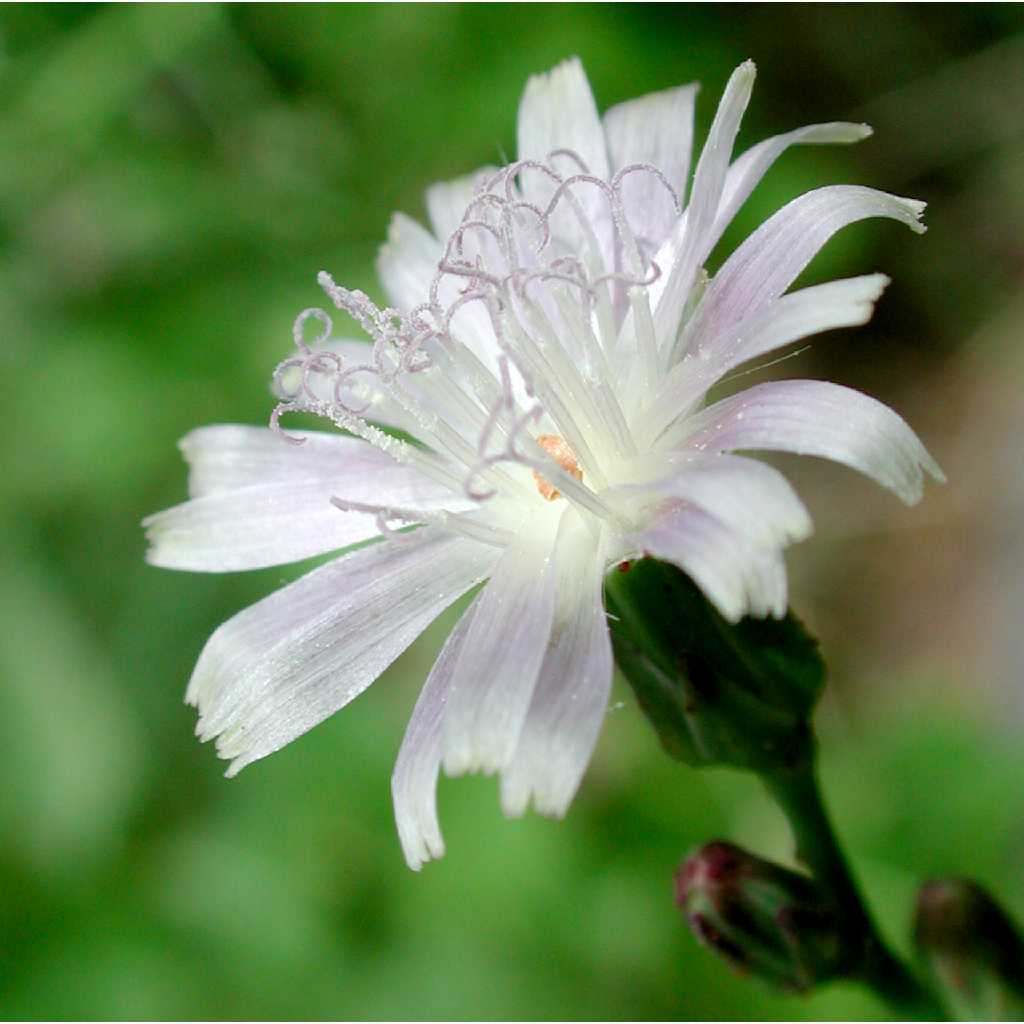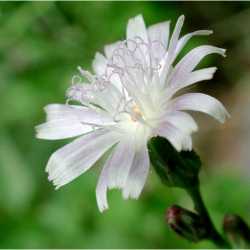Perennials [annuals or biennials], 15-100+ cm; ± rhizomatous. Stems usually 1, usually erect, branched distally, glabrous or glabrate. Leaves basal and cauline or mostly cauline; petiolate (basal) or sessile; blades oblong, elliptic, or ovate to lanceolate or linear, margins entire or dentate to pinnately lobed (faces glabrous, often glaucous). Heads borne singly or in corymbiform to paniculiform arrays. Peduncles not inflated distally, usually bracteate. Calyculi of 3-13+, deltate to lanceolate bractlets (sometimes intergrading with phyllaries). Involucres cylindric, 2-5[-8+] mm diam. Phyllaries 8-13+ in 1-2 series, lanceolate to linear, subequal to equal, margins little, if at all, scarious, apices acute. Receptacles flat, pitted, glabrous, epaleate. Florets (10-)15-50+; corollas usually bluish [yellow]. Cypselae reddish brown to brown-mottled or slatey [blackish], bodies ± compressed, lanceoloid, beaks 0 (or gradually set off from and ± concolorous with bodies), ribs 4-6 on each face, faces glabrous [scabrid]; pappi persistent (borne on discs at tips of cypselae or beaks), of 80-120+, whitish, ± equal, barbellulate to nearly smooth bristles in 2-3+ series. x = 9.
In referring a species long included in Lactuca to Mulgedium, I was influenced by K. Bremer (1994).




